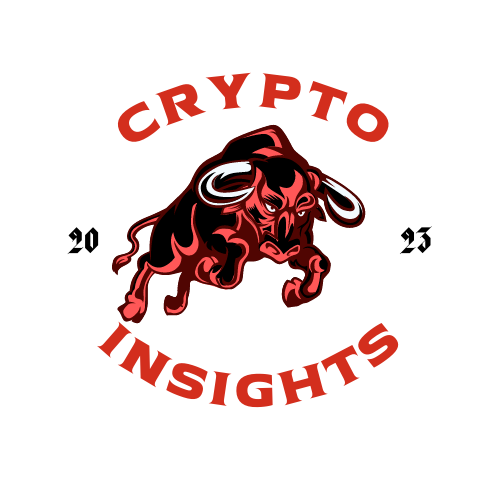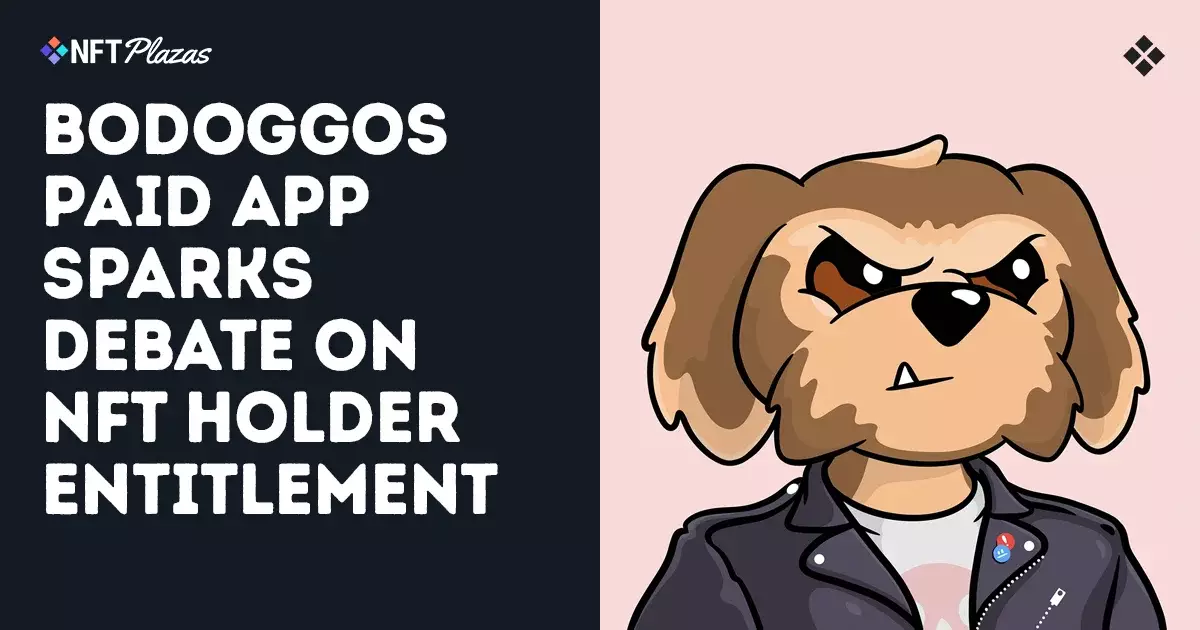The recent uproar surrounding the BoDoggos’ decision to charge NFT holders for access to their new trading news app has unearthed a festering tension within the NFT community. This incident has rapidly evolved from a simple disagreement into a complex dialogue about the nature of value in Web3 and what NFT holders truly deserve from their investments. Many argue that these digital collectibles should come with perpetual perks—a notion that is both naive and detrimental to the evolution of the industry.
In a tweet that sparked the flames of dissent, a community member criticized BoDoggos for asking holders to pay for access to their product, effectively questioning the legitimacy of the project’s business model. While anger from collectors is understandable, it highlights a stark misconception: that ownership of an NFT equates to a lifetime of unconditional rewards from its creators. This isn’t merely an isolated conflict; it’s a symptom of a deeper problem that the NFT sector must confront.
Misplaced Expectations: One-Time Purchases and Lifetime Benefits
The core of the debate lies in what seems to be a pervasive expectation—marketed heavily during the NFT boom—that a one-time purchase translates to a continuous stream of benefits. The founder of Unfungible, Leon Abboud, articulated this dilemma succinctly. He pointed out that this warped thinking is a significant impediment to the industry, preventing it from exploring sustainable growth and innovation. NFT holders are not simply customers; they are participants in a quasi-ownership model that needs thoughtful navigation.
It’s vital for NFT creators to push back against this mentality. Organizations like BoDoggos deserve the latitude to generate revenue to fund their projects, and it is disheartening to see their need for ongoing revenue framed as greed or betrayal. They face genuine operational challenges, including salaries and technical costs, and they must ensure their offerings can survive in an ever-changing digital marketplace.
The Clash of Ideals: Sustainable Models vs. Loyalty Rewards
As the conversation unfolded, many prominent figures weighed in, amplifying the ideological battle lines across the NFT landscape. On one side, there are the purists who believe that loyalty to an NFT should confer automatic access to every subsequent offering. On the flip side lies the pragmatic view, represented eloquently by critics like Matt Medved, who argue that businesses—regardless of their digital or decentralized nature—need financial viability to flourish.
The reality is that adhering to a model where past purchases guarantee future benefits is not just unrealistic; it’s ultimately damaging to the kind of innovation that enthusiasts claim to champion. If NFT projects become inundated with demands for perpetual rewards, the likelihood of these projects enduring decreases, leaving holders with little but digital memories.
The Echoes of Controversy: Comparisons and Reactions
Another intriguing aspect of this debate came when BoDoggos’ team member took to social media to critique another NFT project, Chonks, questioning their troubled minting process. This shot at vulnerability reveals the kind of rivalry and defensive posturing that exists among creators. The subsequent backlash from other projects exemplifies how interconnected yet fragile this ecosystem is.
The division of opinions has only served to reveal the struggles many Web3 projects grapple with in balancing community goodwill with economic sustainability. The absence of a cohesive dialogue about what NFT holders can reasonably expect from creators stifles growth and exacerbates conflict. A healthy ecosystem necessitates critical conversations about obligations and entitlements, but it must start from a grounded understanding of the landscape.
Beyond the Fray: Understanding the Heart of the Matter
Ultimately, the BoDoggos situation serves as a cautionary tale of the tension between community expectations and business realities. The industry stands at a crossroads, grappling with its identity in a burgeoning digital landscape. Are we merely holding on to a fleeting moment of entitlement, or are we committed to fostering an environment where both creators and collectors can prosper?
While the noise may eventually fade, the underlying questions will endure: What does ownership in this context truly mean? Should NFT holders anticipate unlimited access to every tool and product the creators produce? The answers aren’t straightforward, and navigating these contentious waters will require both introspection from NFT holders and transparency from creators willing to engage in meaningful discourse.

